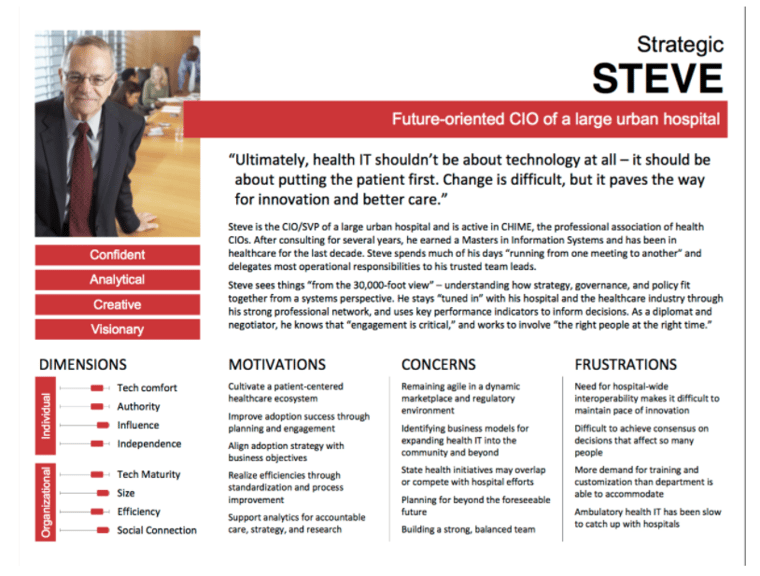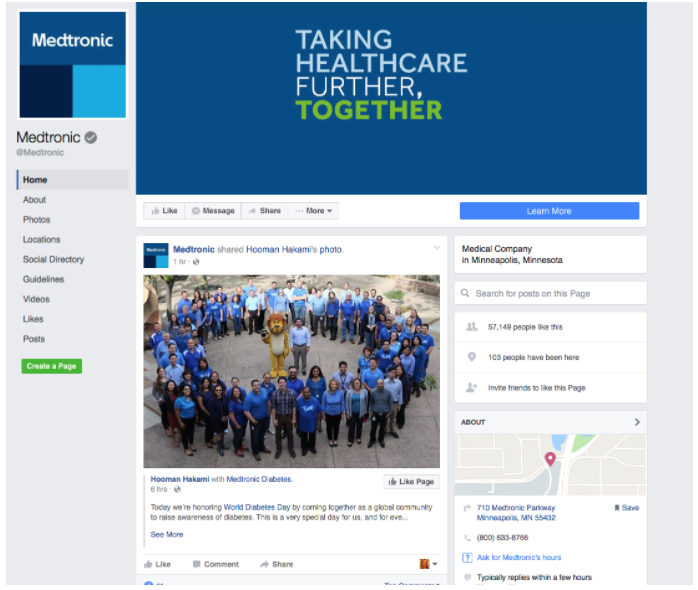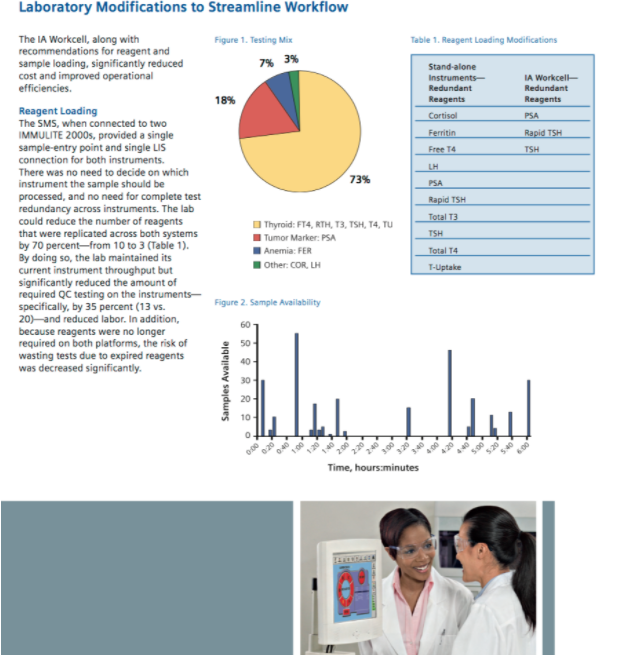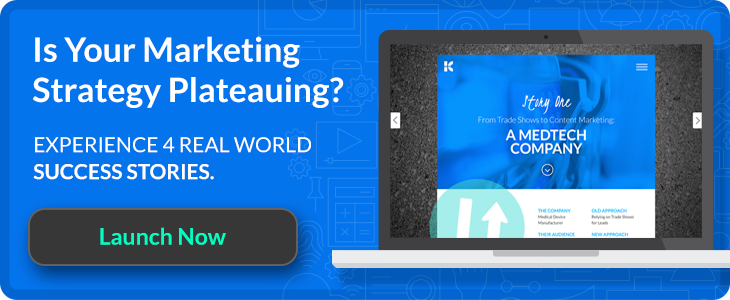
5 Ways Medical Device Firms Can Market to Busy Physicians


Reaching today’s busy physicians and C-suite executives is more challenging than ever for medical device manufacturers. Doctors, in particular, are so busy they have no time to see even additional patients, let alone talk to sales representatives, according to the 2016 Survey of America’s Physicians. With 80 percent of doctors saying they are either overextended or at capacity, how will they make time to engage with medical device marketing?
In the past, it was easy to reach physicians and medical executives. All a company had to do was send a sales rep to the practice, take them to lunch and tell them about the medical devices. Not only are doctors busier than ever, but many practices no longer even allow sales reps into their offices. In this market, sales and marketing tactics that were effective a decade ago no longer work. Today, medical device companies need new tactics that reflect how medical professionals interact with marketers now.
What works today in the medical device industry is the same marketing approach working in other B2B industries. This includes the following five marketing tactics.
1. Communicate With a Person, Not a Job Title
B2B marketing has become more personal in the past decade. Gone are the days of cold and impersonal marketing materials. Today, personalization is producing the most successful results. Authors Chris Malone and Susan Fiske identified this trend in their book, The Human Brand. They state, “We judge brands by their warmth and competence. Those perceived to have both attributes are more likely to develop deep, enduring relationships with their customers.”
Like other professionals, physicians and medical executives want to feel a “we’re all in this together” camaraderie, instead of a remote relationship defined by traditional buyer and seller roles. There are several ways to develop this connection, including personalization, relationships, and storytelling.
- Relationships. This requires marketers to pay close attention to what their target audience likes and doesn’t like. For example, a survey conducted by HealthLink Dimensions found that physicians prefer receiving information they can review on their own schedules.
- Personalization. This involves tailoring messages to the specific concerns of a target audience versus sending generic messages to everyone. This requires understanding the needs, motivations and challenges of today’s doctors and executives.
- >Storytelling. Today B2B marketers are also focused on storytelling as a way to gain prospects’ attention and hold it. For example, medical device manufacturers could weave stories about their devices around real-world facts, such as the number of lives their devices are saving.
2. Use Personalized Email
Despite the ongoing drumbeat of “we get too much email,” email is still a mainstay of digital marketing. In fact, it consistently generates the best marketing results of any other marketing medium. For example, 89 percent of marketers say that email is their primary channel for lead generation.
What’s more, email is a great way to reach busy doctors, according to the HealthLink Dimensions survey. Over 68 percent of respondents prefer to be contacted through email, while only 11 percent want information via direct mail or in-person visits. However, the old mass emails with an impersonal sales message sent to an entire database won’t work today. In fact, they could harm the results and reputation. Effective emails include segmented lists and personalized messages.
- Segmented lists. According to HubSpot, marketers who segment their lists experience 38 percent increased open rates, 34 percent greater email relevance and 28 percent lower unsubscribe rates. Clearly, it pays to micro-focus email lists through segmentation.
- Personalize messages. Relevant emails drive 18 times more revenue than broadcast emails. Make sure your emails speak directly to recipients, from the salutation to the content to the images.
3. Create Buyer Personas
Clearly, personalizing marketing campaigns is critical. But how can medical device manufacturers create more personalized marketing? A powerful way is to create buyer personas, including one for each profession. For example, medical device companies need personas for surgeons, private practice physicians and hospital chief information officers, at the minimum.
Buyer personas are fictional, generalized representations of your ideal customers. Personas help “internalize the ideal customer we’re trying to attract, and relate to our customers as real humans,” stated HubSpot. The “science” of buyer personas gives you precise insight into each target market’s exact motivations, concerns, frustrations, key activities, key issues and opportunities. As a result, while you likely sell the same products to each target audience, your approach, images, messaging and language to each would be personalized differently.
For example, among the target audiences for the Georgia Institute of Technology are doctors and hospital CIOs. The organization created six buyer personas to market its electronic health records technology to, including Strategic Steve — “Future-oriented CIO of a large urban hospital.”

4. Get Social With Prospects and Customers
At first glance, social media may not seem like an ideal way to reach medical professionals. That might have been true a few years ago, but it’s changing. In 2011, Manhattan Research conducted the Digital MedTech Physician study, the Annual Healthcare Professional Communication Report 2016, to find out how surgeons and other physician specialties learn about medical devices via digital channels. The study found that physicians using medtech products are digitally savvy and seeking ways to interact with device manufacturers online. In fact, 50 percent of physicians are interested in participating in online promotional programs from medical device companies for which they do not see sales reps in person.
The same year, QuantiaMD found that 65 percent of physicians use social media sites for professional reasons. The next year the Journal of Medical Research found that 60 percent of physicians believe that social media “improves the care they deliver” and 24 percent of physicians use social media daily to learn new medical information.
Many medtech companies are capitalizing on the growth of physicians’ use of social media, including Medtronic. If you’re new to social media and wondering how to make it work for you, Medtronic provides a great example of a medical device company that made the medium work for them. The company has fully embraced social media, creating a presence on Facebook, LinkedIn, Twitter and YouTube, according to an article on MD+DI. Highlights of the social media program include:
- The company stays active on all of its social platforms, regularly adding updated information without overtly selling
- The company’s CEO tweets, sending a powerful signal about the company’s commitment to social media
- The company has devoted a big chunk of its homepage to social media, showing visitors the option of connecting with the company

5. Create Compelling Case Studies
When asked, “What type of information do you prefer to receive from pharmaceutical and medical device manufacturers?” by the Digital MedTech survey, healthcare professionals overwhelmingly responded with the answer of education. The top three responses were forms of education that either support the healthcare provider or inform their patient.
One of the best forms of educational marketing material to healthcare providers is case studies. According to HubSpot: “Case studies are important to the medtech buyer persona, because before they make a purchase, they have to know that the solution or device being promoted has been safely and successfully used by others. They want to be assured that the purchasing decisions they make will lead to positive patient outcomes.”
Case studies share positive patient outcomes, reduce operational costs, increase productivity, lower readmission rates, increased quality of care, and staff and administrative efficiencies. Learn how to make important case studies from these medtech examples:
- Stryker. Through its case studies, the company encourages people to “learn about the positive impact Stryker products can have on your facility, caregivers and patients.” Outcomes are highlighted in the case study through the presentation of specific statistics about the benefits of the given device. The stats outlined throughout the page promote Stryker’s attention to the health of the patient and the positive outcomes for the caregivers.
- Intel Healthcare IT. This case study specifically addresses how strategic technology initiatives at Presbyterian Healthcare Services helped reduce readmissions.
- Siemens. This case study for its Immunoassay Workcell solution shows how the Siemens solution enhances productivity and reduces operational costs. Specific numbers show how the solution reduces operator time, increases operator efficiency and decreases total work time.

Physicians and medical executives may be busy professionals, but this doesn’t mean they are out of reach for medical device companies. If you want to market to busy physicians today, it requires modern tactics—including forging relationships, personalizing email, creating buyer personas, getting more social and creating compelling case studies.



